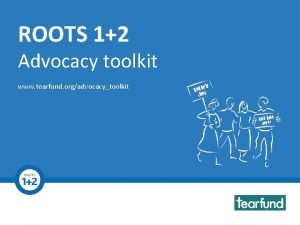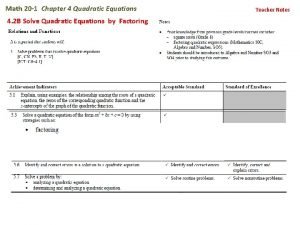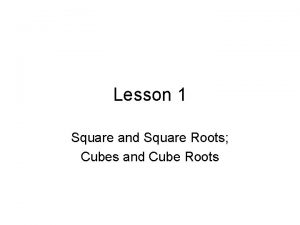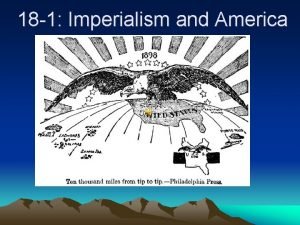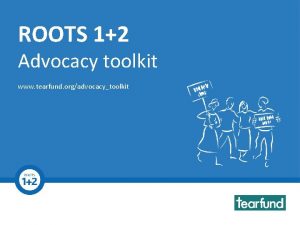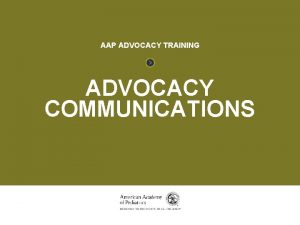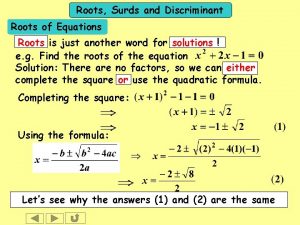ROOTS 12 Advocacy toolkit Toolkit www tearfund orgadvocacytoolkit






- Slides: 6

ROOTS 1+2 Advocacy toolkit Toolkit www. tearfund. org/advocacy_toolkit

Section E 2 Advocacy Cycle Stage 2 Research and analysis: Stakeholders

Section E 2: Stakeholders • Individuals, groups, organisations, institutions, departments or ministries that have an interest (actual or potential) in a project or programme • They usually have something to gain or lose through the project or programme • In advocacy, they are people affected by, interested in or able to influence the issue

Section E 2: Allies and opponents Allies… Opponents… • • Individuals, organisations, groups or institutions that can help us achieve our advocacy aims and objectives They support our position They agree with what we are advocating • • Individuals, organisations, groups or institutions that are opposed to what we want to achieve in our advocacy They oppose our position They do not agree with our advocacy

Section E 2: Targets • Individuals who have power to bring about change on the issue. Usually decision-makers in positions of power – government ministers, civil servants and local authority officials • They may represent an organisation, a group, an institution or a government department • We need to communicate with them

Section E 2: For or against? For joint advocacy… • Strategic • Powerful, united voice • Strength in diversity • Dilutes any backlash • Practical • Builds capacity • Minimises duplication • Financial efficiency Against joint advocacy… • Competing agendas • Diluted messages • Poor coordination • Loss of organisational brand identity • Can be time-consuming • Diverts resources • Faith/political differences
